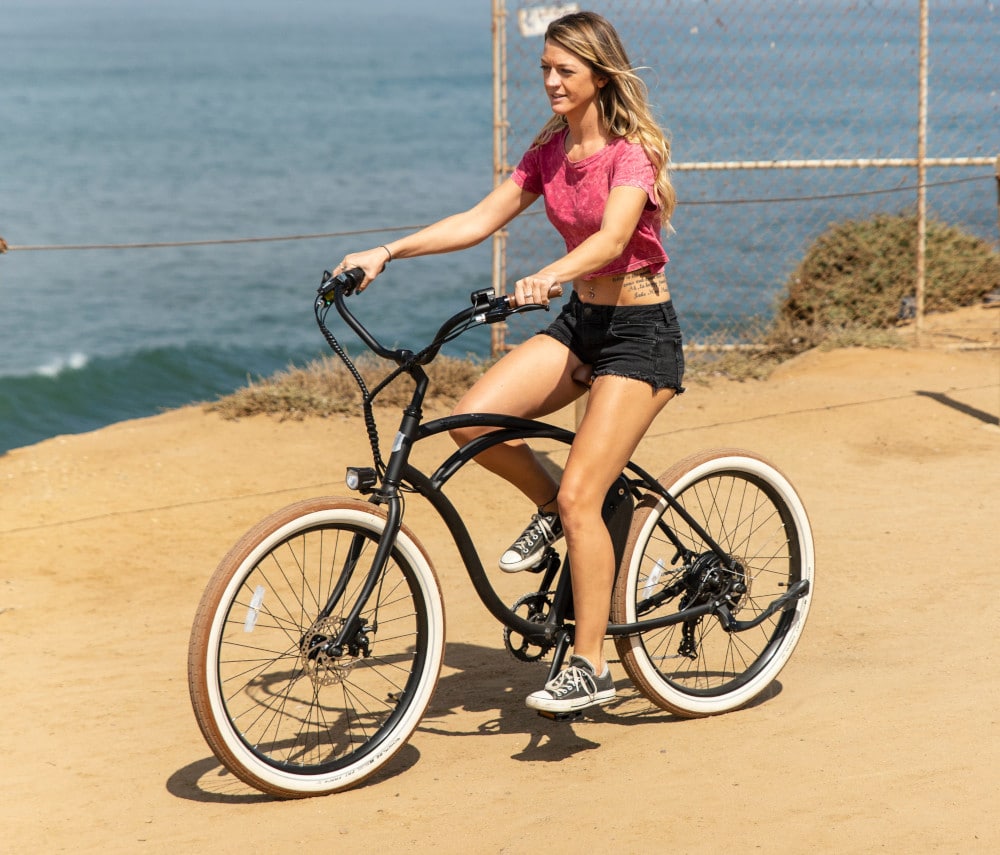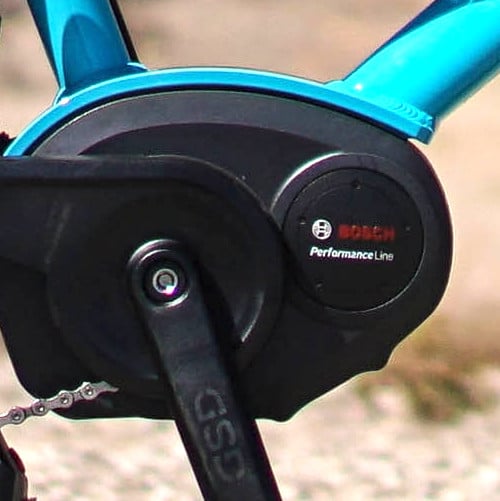What Options Are Available for Ebike Motors?
For the non-technical minded, ebike motor choice can be a difficult and complex process. You want an ebike. You don’t want to put yourself through a PhD to understand all the essential features and options possible in the purchase. Some information is necessary regarding available choice though, and today we are looking at the three main ways an ebike is powered. Front hub motor, rear hub motor, or crank, or center, or mid powered, motor.
Deciding you want to purchase an ebike is one decision, and one you will no doubt thank yourself and your bank balance for over time. Deciding you want to buy an electric bicycle though leads to a whole host of other questions about which type of ebike you want to purchase? Two of the biggest considerations are budget, and motor. The choice of the position of the motor on your potential ebike then leaves you yet more options to consider in the buying process.
Technology and Budget
Should Technology or Budget Dictate What Ebike I Buy?
If you haven’t already, draw up a list of activities the ebike will be used for. Is it for commuting, leisure, off-road hill-climbing, touring, or just local pleasure jaunts on a sunny day when you have a day off work? Whatever the main purpose, write it down.
Next, budget is of importance. How much are you willing to spend? You can have all the bells and whistles and latest technology if you can afford it. Cutting edge technology, as with everything else in life, comes at a price.

Decide what you can afford and make your final decision on the best you can buy for the price you are willing to pay. If your budget is severely limited, and you have some DIY ability, a conversion kit to convert your existing traditional bicycle into an ebike may be the option for you.
See also: Are Gears Important, Gearing on Ebikes?
And: Throttle or Pedal Assist Ebike?
Ebike Motor Configuration
Front Hub Motors
What Are the Pros and Cons of a Front Hub Motor?
Due to their simplicity, and choices of power rating, front hub motors tend to be the most affordable. 250W-350W motors tend to dominate here, though some are available with higher watt motors. Bear in mind though that the higher the wattage, the heavier the motor. Most DIY conversion kits use a replacement front wheel to house the motor, so if you are handy with a tool-kit, this could be a way to convert an existing cycle to an ebike and save yourself some money if finances are particularly tight.
Front hub motors do have drawbacks though, as you pedal the cycle, you are driving the rear wheel, while the motor is pulling the front wheel forward. There can be a slight imbalance to the flow of the forward motion at times. Torque and power tend to be lower in front hub motors, so available power can be a downside. On the positive side though, weight distribution over the cycle may be more evenly divided.
If a cheap urban commute is your main goal, or periodic jaunts into town, then something with a front hub motor would do the job easily, more ably and cheaply than some power-hungry behemoth.
Rear Hub Motors
What Are the Pros and Cons of Rear Hub Motors?
Tending to be more expensive than front hub motors, rear hub motors do have several major advantages. A power advantage, rear hubs can ably take the higher torques of 500W-750W motors. This is where extra power is a bonus, and power is what is required for 28mph ebikes. Ebikes with a throttle are a breeze with a rear wheel motor.
The greater expense is down to the increase in complexity, variations in gearing and hub and axle design, and the higher power motors available. DIY kits are available for rear hub motors, but the ease of conversion is lost to a host of other complications which may mean it could be better to leave the conversion of an existing cycle to a professional. Comparing the cost of a conversion to the purchase of a complete new ebike may be your deciding factor in this regard.
For riders demanding or needing more power, or looking for a throttle, then rear hub motors are the better bet. The choice of power in this segment is plentiful, you can easily pick up a 250W rear hub powered cycle with a compact motor that is practically identical to a non-powered model, or you can opt for a beast with up to 750W and no head wind or hill is going to get in your way, or slow you down.
Rear Hub Conversion Kit
Crank Drive Options
What Are the Pros and Cons of a Crank Drive Motor?
Usually considered to be the best option, crank drive systems have a number of advantages over both front and rear hub motors. Since they drive the crank, just as the cyclist drives the pedals, there is a more natural feel to the flow of motion. Energy efficiency is a major plus, especially in regard to range increases in low power modes. Weight distribution is optimal as the motor is in the middle of the ebike with a low centre of gravity, and gear changes have a greater impact regarding both pedal and motor power. The motor powers the rear wheel via the same chain and gear set as the pedals.
Crank drive systems tend to be the most expensive option, and this is where manufactures such as Bosch, and Bafang, spend most of their development budget, so choice and reliability and efficiency in this sector is increasing all the time. Again, there are conversion kits available, though if you are not a thoroughly competent DIYer, you may want to add the installation costs of a professional to the purchase price and decide is a conversion, or a complete new ebike is for you.
If you are looking for a performance road or mountain ebike, this is the sector you should be looking at, though a crank drive ebike will be fine and adaptable to whatever use you intend your ebike for.
Two Wheel Drive
Are Two Wheel Drive Ebikes for Sale?
There are in the market place, ebikes with both a front and a rear hub motor. There are also some complicated systems that connect, for example, a rear hub motor to the front wheel also, via gears and spindles. As this is a simple article for the novice, we won’t go into them in. They are expensive, though if it is something you would consider, you may want to delve deeper into the pros and cons of a two-wheel drive ebike. Bear in mind, more motors, or infrastructure through the frame leads to more weight, and more complications that can occur to thwart your use of your ebike, and expense when failure does occur.
There are also options available as to how the power from the pedals, and, or, motor is transmitted to the wheel. Traditionally bicycle chains are the way this is done, but technology is moving, and more choice is available for the consumer, such as modern belt driven ebikes. There are pros and cons regarding belt drive systems, but they are definitely worth investigating.




